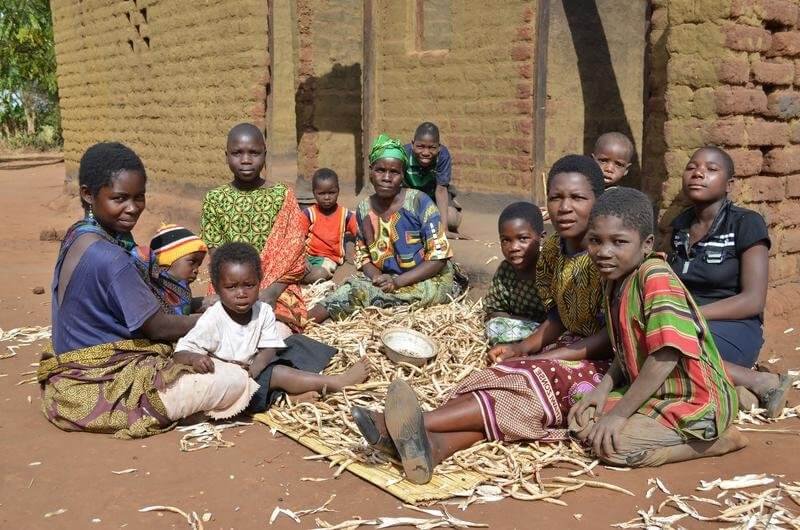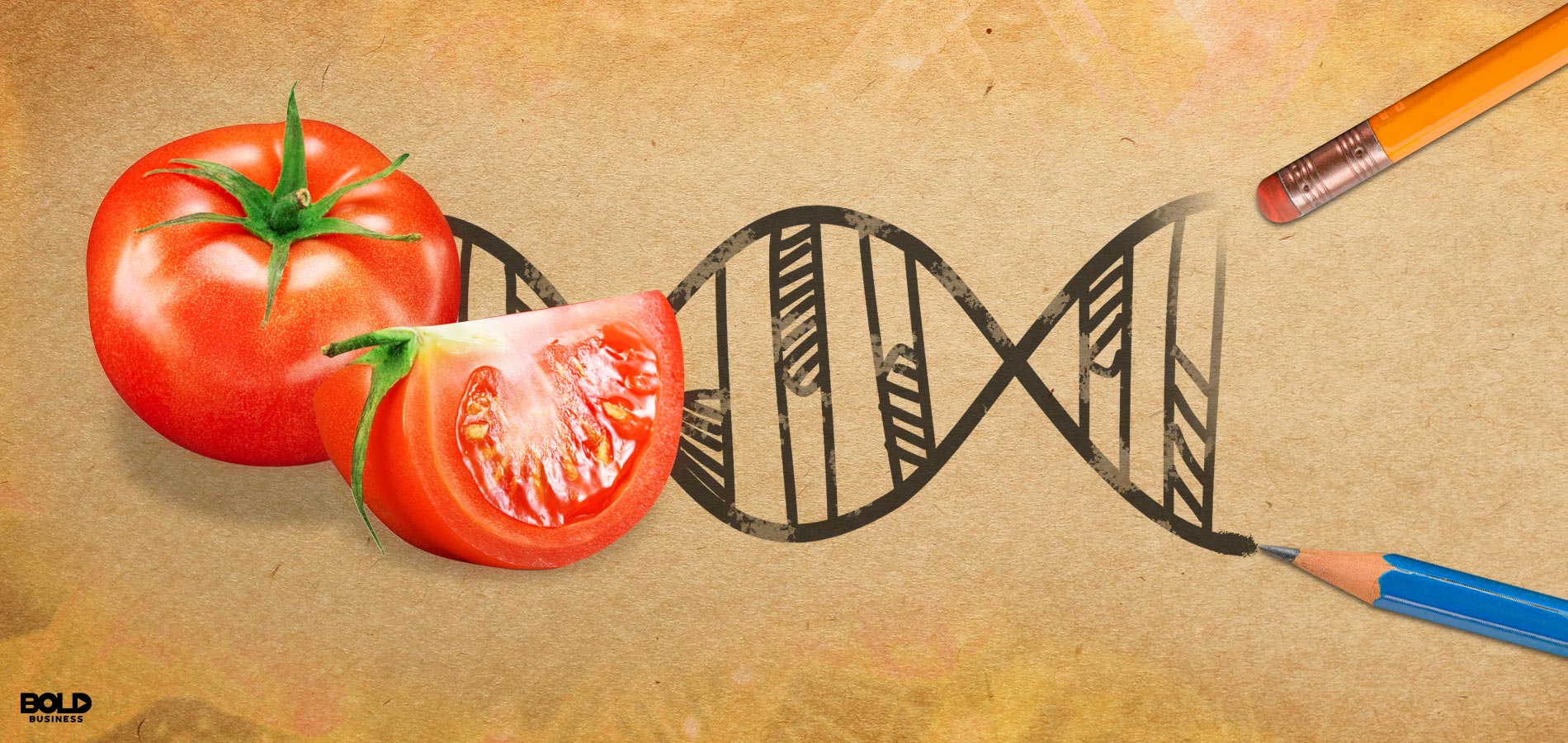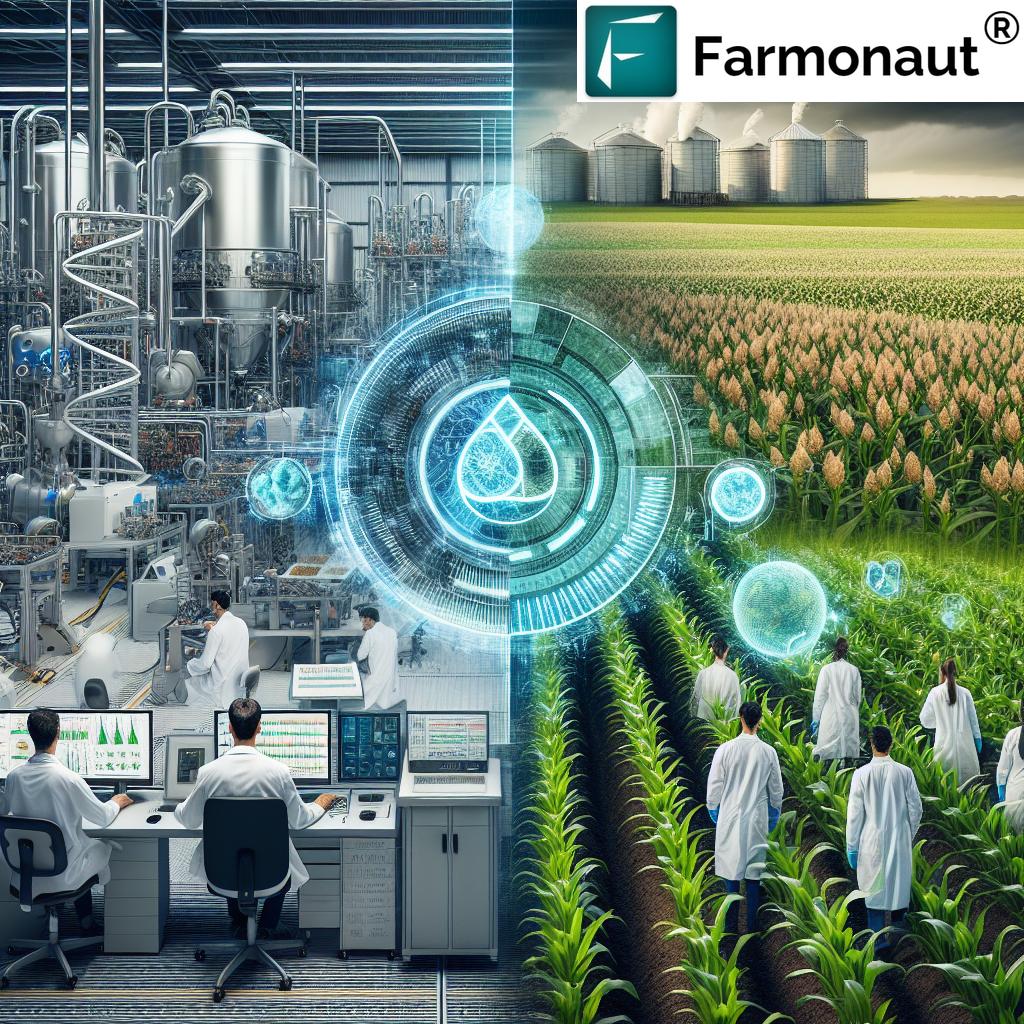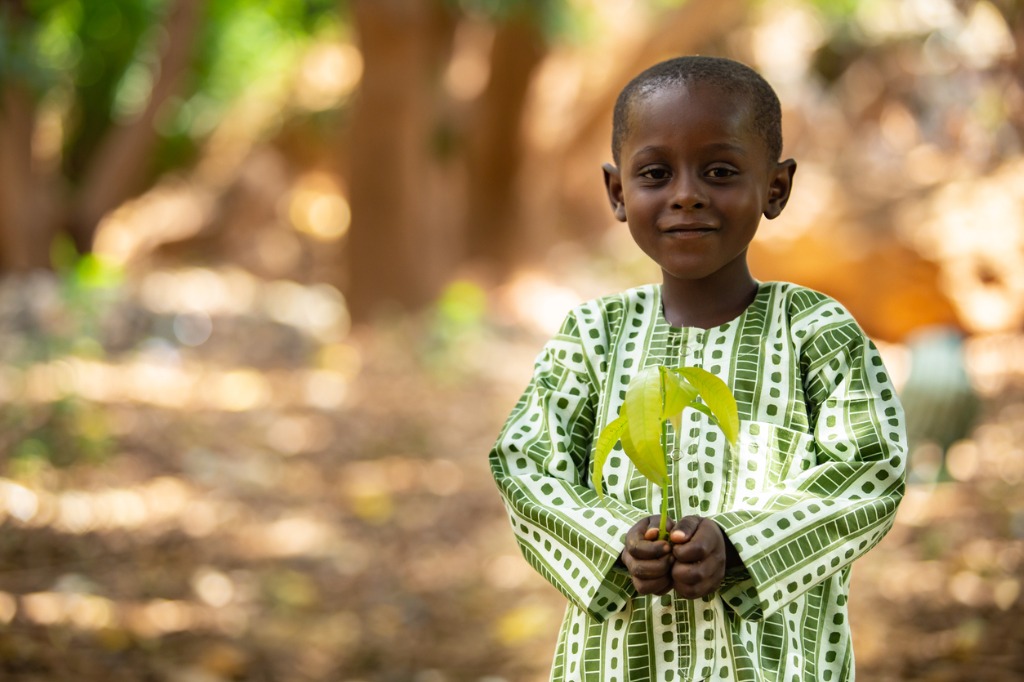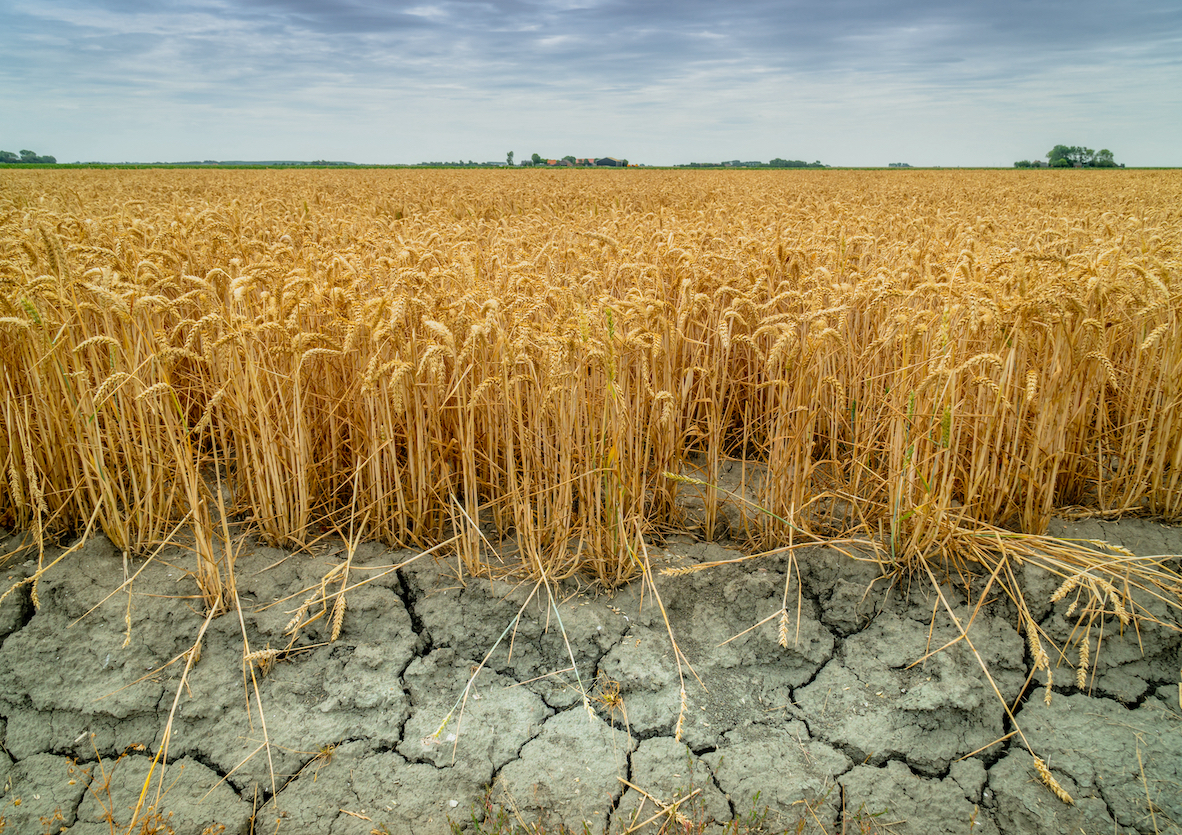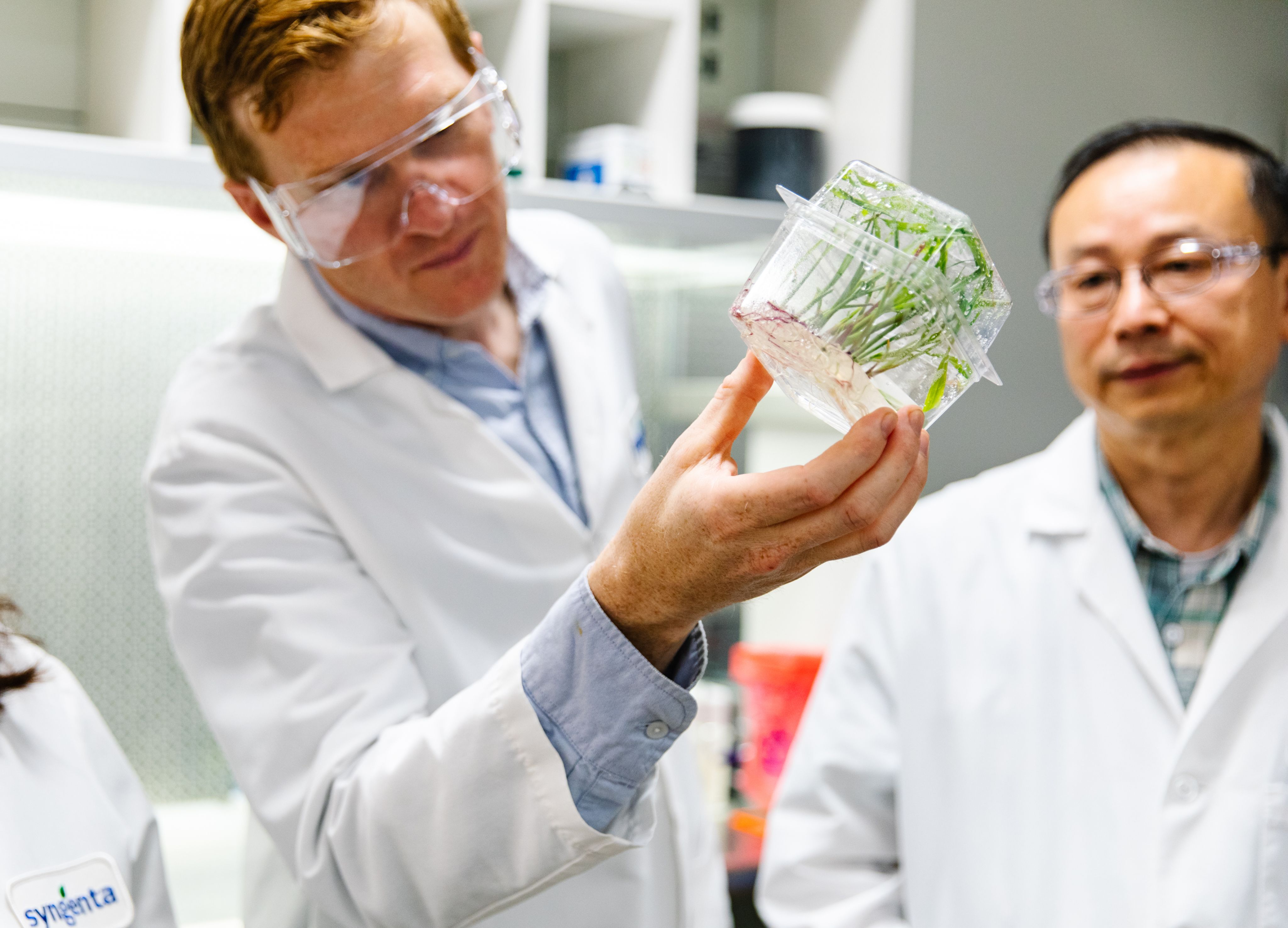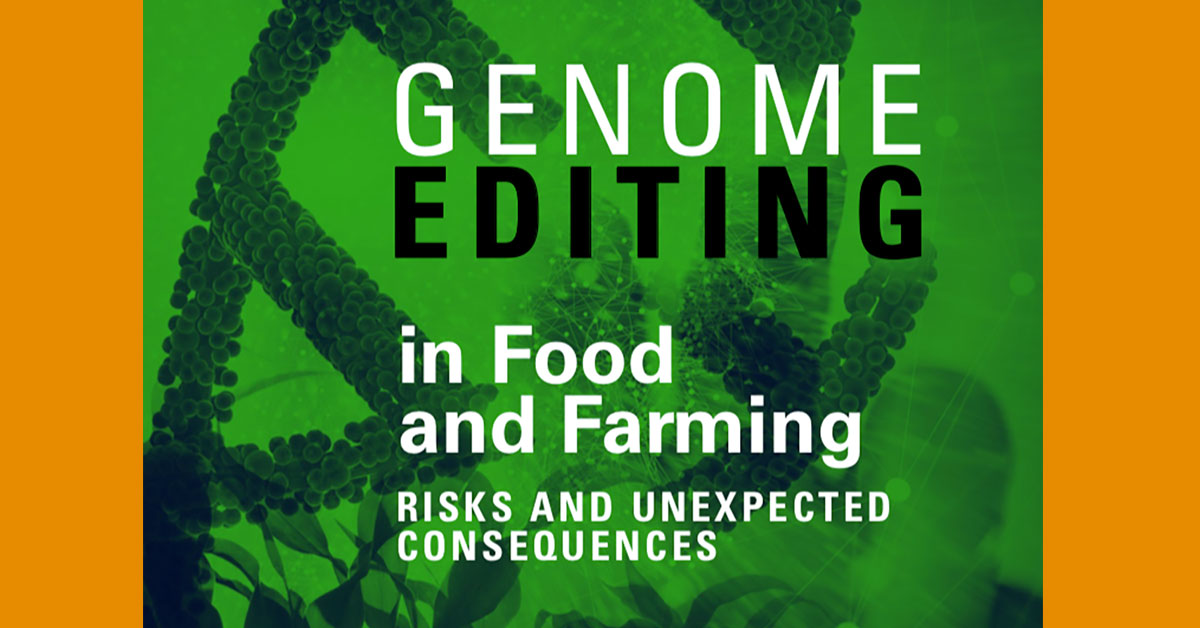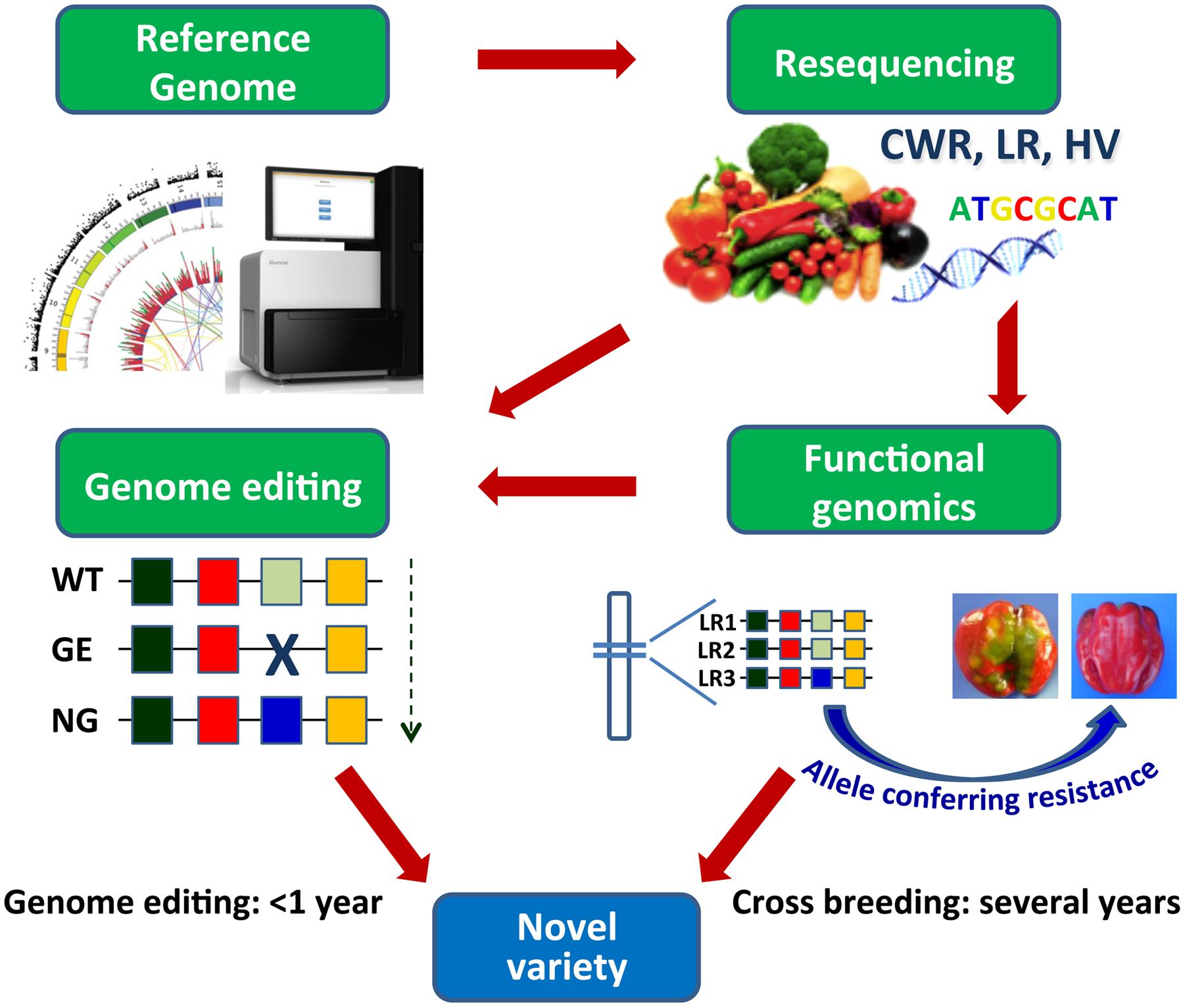Discover Pandipedia
Pandipedia is the world's first encyclopaedia of machine generated content approved by humans. You can contribute by simply searching and clicking/tapping on "Add To Pandipedia" in the answer you like. Learn More
Expand the world's knowledge as you search and help others. Go you!
Let's look at alternatives:
- Modify the query.
- Start a new thread.
- Remove sources (if manually added).
- Request a manual search from our human research team.

These products are designed just like our general search ad products to help our advertising partners connect with consumers.
Mr. Holden[3]
Advertisers believe some form of intent has been expressed by the user through the entry of a query.
Mr. Holden[3]

Google intentionally chooses more revenue over improving quality in search ads.
MR. DAHLQUIST[1]
Google has used price increases and other levers to manipulate the ad auction.
MR. DAHLQUIST[1]
Each channel except for Google brand is above ROAS target. Our optimization focus is there this week.
Dr. Israel[2]
Let's look at alternatives:
- Modify the query.
- Start a new thread.
- Remove sources (if manually added).
- Request a manual search from our human research team.
Get more accurate answers with Super Search, upload files, personalised discovery feed, save searches and contribute to the PandiPedia.

Buffett's main topic in the 2025 letter to shareholders was the performance of Berkshire Hathaway in 2024, noting that it exceeded his expectations despite 53% of the 189 operating companies reporting a decline in earnings[1].
Let's look at alternatives:
- Modify the query.
- Start a new thread.
- Remove sources (if manually added).
- Request a manual search from our human research team.
Introduction and Overview
Gene editing is transforming agricultural systems by providing precise tools to modify plant and animal genomes for enhanced productivity and sustainability. Unlike traditional genetic modification, gene editing targets an organism's own genetic material without inserting foreign DNA, leading to crops and livestock that can better withstand environmental challenges. This technology, particularly CRISPR-Cas9, is recognized for its rapid, cost-effective, and precise approach, and is positioned as a revolutionary method to address the urgent global challenge of food security[1][4][11].
Enhancing Crop Resilience and Nutritional Quality
One of the key promises of gene editing is its ability to produce crops that are more resilient to adverse climatic conditions such as drought, floods, and high soil salinity. For instance, gene editing has been used to develop drought-resistant varieties of rice and wheat by targeting genes responsible for water regulation, thereby offering a faster alternative to traditional breeding methods[1][6]. Moreover, gene editing can enable the biofortification of staple crops. An example is the ‘Golden Rice’ project, which enhances beta-carotene production—a vitamin A precursor—to combat malnutrition and deficiency-related diseases. This approach not only improves the nutritional profiles of crops but also offers an efficient pathway to mitigate hunger in vulnerable regions[2][9].
Improving Agricultural Productivity and Sustainability
Beyond enhancing resilience, gene editing has the potential to fundamentally increase yield and efficiency in agricultural production. By editing specific genes related to plant growth and stress responses, scientists have achieved significant improvements in yield and quality. For example, CRISPR has been applied to improve rice yield through multiple gene modifications that influence growth, enabling higher food production with fewer resources[3][11]. Furthermore, gene editing contributes to sustainable agricultural practices by reducing the dependency on chemical inputs such as pesticides and fertilizers. Crops that are naturally resistant to pests or have improved nutrient uptake help lower the environmental impact of farming, thereby advancing sustainability and lowering production costs[1][8].
Addressing Climate Change and Environmental Challenges
Climate change is exerting unprecedented pressure on global food systems by increasing the frequency of extreme weather events and altering pest and disease dynamics. Gene editing offers a promising solution by enabling the development of climate-resilient crops. Edited crops can be engineered to thrive under extreme temperatures, reduced water availability, and high salinity conditions. Researchers have successfully used CRISPR-based techniques to confer tolerance to abiotic stresses, consequently mitigating yield losses caused by droughts and soil degradation[6][7]. In addition, some gene editing strategies enhance the efficiency of crops in capturing carbon and using nutrients, which supports the environmental sustainability agenda and helps reduce the agricultural sector’s ecological footprint[10][11].
Innovations in Livestock and Broader Food Systems
Gene editing is not limited to crop improvement. It is also revolutionizing livestock breeding by enabling scientists to produce animals that are more resistant to diseases and stress. For example, gene-edited pigs have been developed with resistance to viral infections that traditionally cause significant economic losses in animal husbandry. These advancements contribute to safer, more reliable animal production systems, and bolster food security by ensuring a consistent supply of protein-rich animal products[5][11]. Alongside these developments, integrating digital technologies with gene editing is creating a data-driven environment where precise monitoring and management complement genetic improvements, paving the way for a modern, efficient, and sustainable food system[7].
Regulatory and Ethical Considerations
While the benefits of gene editing for food security are substantial, its implementation must be accompanied by robust regulatory frameworks to ensure safety and public acceptance. Unlike traditional GMOs that involve the insertion of foreign DNA, gene-edited organisms often mirror changes that could occur naturally, which may simplify regulatory hurdles. Nevertheless, concerns about off-target effects and the long-term impact on biodiversity continue to be part of the discourse. Authorities in various regions are working on process- or product-based regulatory models to balance innovation with risk management. Precise monitoring and transparent public engagement are critical to earning the social license required for widespread adoption of these technologies[5][8][12].
Conclusion
Gene editing holds transformative potential in revolutionizing global food security by addressing multiple challenges at once. It offers rapid solutions to develop crops with enhanced nutritional value, improved resilience to climate change, and reduced reliance on chemical inputs. Furthermore, the technology extends to improving livestock breeds, thereby ensuring a stable and diverse food supply. As the scientific community continues to refine these tools, it is crucial that supportive regulatory mechanisms and ethical practices are established to guarantee that the benefits of gene editing are shared equitably and sustainably across different regions and communities[1][2][10].
Let's look at alternatives:
- Modify the query.
- Start a new thread.
- Remove sources (if manually added).
- Request a manual search from our human research team.
Let's look at alternatives:
- Modify the query.
- Start a new thread.
- Remove sources (if manually added).
- Request a manual search from our human research team.

Some jokes fail because the audience may lack the necessary background knowledge or cultural context to understand them. For instance, certain jokes involving wordplay or unfamiliar concepts can confuse listeners who do not possess the required insights, leading them to miss the punchline entirely[1]. Additionally, individual audience characteristics play a significant role; stable differences in humor preferences mean that what one person finds funny, another might not, suggesting that the effectiveness of humor largely depends on knowing your audience[3].
Moreover, disparagement humor can backfire depending on the social context and perceived norms, potentially leading to misinterpretation that triggers negative social consequences rather than laughter[4].
Let's look at alternatives:
- Modify the query.
- Start a new thread.
- Remove sources (if manually added).
- Request a manual search from our human research team.
Get more accurate answers with Super Search, upload files, personalised discovery feed, save searches and contribute to the PandiPedia.
:max_bytes(150000):strip_icc()/GettyImages-1281577448-10051ada7d174f3faad83625c57099ea.jpg)
Self-care is essential because it promotes overall physical, mental, and emotional well-being. It allows individuals to take proactive steps to manage stress, improve health, and enhance quality of life. Regular self-care practices, such as exercise, healthy eating, and relaxation techniques, can lead to better health outcomes and increased resilience against anxiety and depression[1][5].
Moreover, self-care helps maintain healthy relationships and prevent chronic conditions by boosting self-esteem and fostering a sense of belonging[1][2]. Establishing a self-care routine tailored to personal needs is crucial for coping with life's challenges and achieving balance[3][5].
Let's look at alternatives:
- Modify the query.
- Start a new thread.
- Remove sources (if manually added).
- Request a manual search from our human research team.

Best Fleece-Lined Sweatpants
These versatile sweatpants feature a breathable cotton blend and a tapered silhouette, perfect for lounging or working out during winter[1].
Alo Yoga Fleece-Lined Sweatpants
These stylish bottoms offer warmth and breathability, making them suitable for casual outings or home wear, available in various classic shades[1].
Nike Club Fleece Joggers
Made with brushed-fleece fabric, these sweatpants are soft, smooth, and relaxed, ideal for cozy lounging or running errands[3].
Nike Therma-FIT Joggers
Designed to manage body heat, these joggers provide warmth during workouts and everyday wear, utilizing innovative fabric technology[3].
Champion Powerblend Fleece Open-Bottom Sweatpants
Known for its cozy fleece lining and roomy fit, these classic sweatpants are versatile for many occasions, including lounging or outdoor errands[4].
Reigning Champ Midweight Terry Relaxed Sweatpant
This high-quality cotton French terry option features a relaxed fit that's perfect for year-round comfort without sacrificing style[4].
Under Armour Meridian Tapered Pants
These sweatpants combine a flattering tapered design with a soft and stretchy fabric, suitable for both workouts and lounging[7].
Vuori Performance Sweatpants
Ideal for athleisure, these sweatpants offer moisture-wicking, quick-drying capabilities, ensuring comfort whether working out or relaxing[7].
Todd Snyder x Champion Midweight Slim Jogger
With a tailored fit and vintage-inspired details, these joggers maintain both style and comfort for casual and active wear[4].
Nike Tech Fleece Joggers
Roomy in the thigh but tapered, these joggers provide a polished look while offering insulation and comfort for winter outings[3].
ACG Polartec Joggers
Part of Nike's outdoor gear collection, these sweatpants use Polartec fabric designed to trap warmth while allowing moisture to escape, perfect for harsh conditions[3].
Eco-Friendly Fleece Joggers
Made partly from recycled materials, these sweatpants are cozy, eco-friendly, and feature a relaxed fit with roomy pockets[1].
Champion Reverse Weave Sweatpants
A classic choice known for sturdy construction and comfortable fit, featuring a heavyweight fleece fabric that stands up to winter wear[6].
Reigning Champ Heavyweight Fleece Joggers
Crafted for durability and warmth, these joggers from Canada are perfect for lounging and casual outings during the colder months[6].
Allbirds R&R Sweatpants
These performance-friendly sweatpants offer a blend of comfort and style, suitable for casual wear and light workouts[4].
Public Rec Travel Sweatpants
Designed for travel, these sweatpants are soft yet stylish enough for casual outings while offering the comfort typical of activewear[4].
Vuori Kore Joggers
With a soft DreamKnit fabric, these joggers provide comfort and are versatile enough for both at-home lounging and outdoor activities[7].
Nike Phoenix Fleece Joggers
These sweatpants offer a cozy interior and smooth exterior, perfect for staying warm during cold weather while looking stylish[3].
Lululemon License to Train Joggers
Made from recycled materials and featuring moisture-wicking properties, these joggers are great for working out in cooler weather[7].
Carhartt WIP Chase Sweatpants
Renowned for their durability and warmth, these sweatpants are perfect for both work and leisure during the winter[6].
Cole Buxton Heavyweight Warm-Up Pants
Inspired by vintage gym wear, these thick sweatpants offer maximum warmth and a timeless style for everyday wear[6].
MKI Heavyweight Joggers
Made with a substantial 650gsm fabric, these joggers are among the heaviest available, providing exceptional warmth and comfort for winter[6].

Noah Heavyweight Sweatpants
Built for comfort and style, these sweatpants are made from a cozy 15oz fabric, providing both durability and warmth[6].
Aimé Leon Dore Sweatpants
Known for their fashionable cuts and comfortable fit, these sweatpants combine modern style with the snugness you need for winter[6].
Les Tien Cotton-Jersey Sweatpants
Distinguished by their high-quality cotton material, these sweatpants are soft and chic, striking the right balance for a versatile winter wardrobe[4].
Let's look at alternatives:
- Modify the query.
- Start a new thread.
- Remove sources (if manually added).
- Request a manual search from our human research team.

Marie Curie, born Maria Skłodowska on November 7, 1867, in Warsaw, Poland, was a pioneering scientist known for her groundbreaking work in physics and chemistry. She was the youngest of five children in a family of teachers and displayed remarkable intelligence from an early age. Due to restrictions on women attending universities in Poland, she pursued her education secretly before moving to Paris in 1891, where she studied at the Sorbonne and earned degrees in physics and mathematics[4][5].
Curie's most notable achievements include the discovery of the radioactive elements polonium and radium, which she made in collaboration with her husband, Pierre Curie. Together, they were awarded the Nobel Prize for Physics in 1903, making Marie the first woman ever to receive a Nobel Prize and the first person to receive it twice, as she won her second Nobel Prize in Chemistry in 1911 for her work on radium[1][3][5].
Despite facing personal tragedies, including the accidental death of Pierre in 1906, Curie continued her scientific research, contributing significantly to the understanding of radioactivity and its medical applications. Her work laid the foundation for advancements in cancer treatment and earned her recognition as a leading figure in science[1][3][5]. Marie Curie passed away on July 4, 1934, from aplastic anemia, likely a result of her prolonged exposure to radiation during her research[3][4].
Let's look at alternatives:
- Modify the query.
- Start a new thread.
- Remove sources (if manually added).
- Request a manual search from our human research team.

The model that uses self-reflection is Claude 3.7 Sonnet Thinking, which is described as having 'thinking mechanisms' such as long Chain-of-Thought (CoT) with self-reflection. This model is included in a discussion on Large Reasoning Models (LRMs) that demonstrate promising results across various reasoning benchmarks[1].
Moreover, the paper highlights that despite the sophisticated self-reflection mechanisms, these models still fail to develop generalizable problem-solving capabilities beyond certain complexity thresholds[1]. Thus, self-reflection is a key feature of Claude 3.7 Sonnet Thinking within the context of reasoning models.
Let's look at alternatives:
- Modify the query.
- Start a new thread.
- Remove sources (if manually added).
- Request a manual search from our human research team.

